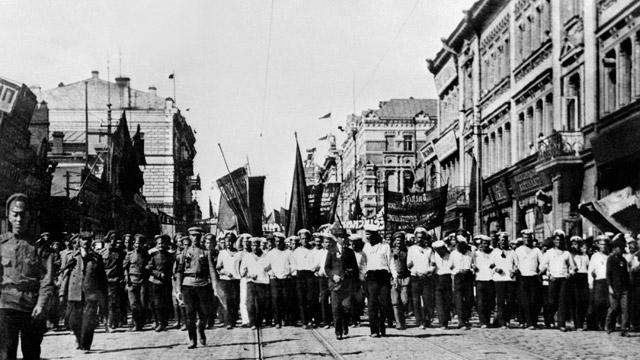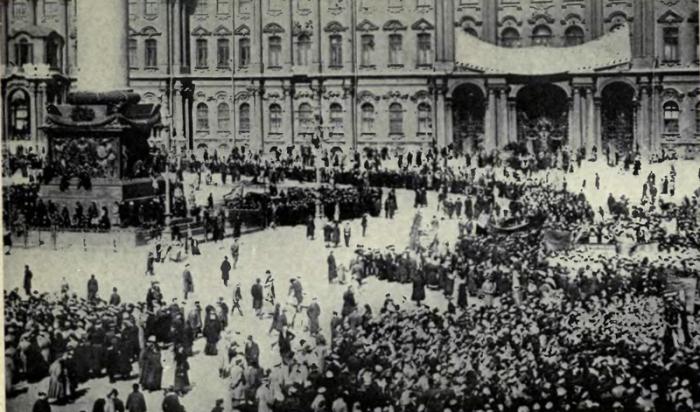The February Revolution of 1917 is one of the most battered topics in Russian historiography. At the same time, it cannot be said that she does not deserve the increased attention that was given to her both in the Soviet era and in our days. No matter how much it is said about its preparedness, profitability to third parties and foreign financial injections, the February Revolution of 1917 had objective reasons and prerequisites that had been growing for many years. It is about them and the nature of the revolution that will be discussed in this article.
Reasons for the 1917 revolution

After all, this event did not at all become the first revolutionary shock for the Russian Empire. The obvious need for a large-scale reorganization of the social, political and economic structure began to manifest itself from the very middle of the 19th century. Even the Crimean War of 1853-56 demonstrated the backwardness of Russia in comparison with the advanced states of that time - England and France. Certain measures were indeed taken, but large-scale reforms of the 1860s did not lead to sufficient results. The peculiarities of the law on the elimination of serfdom did not allow the peasants to take a deep breath, the “catching up” modernization of production remained “catching up” by the beginning of the 20th century. The beginning of the new century is becoming a period of constant social fermentation for Russia. In the country, political parties of various kinds emerge and form one after another. Many of them call for the most decisive action. The main pressing issues of

At the time, there was a necessary democratization of public life, easing the fate of the suffocating peasant class, creating labor laws and resolving the contradictions between the rapidly growing working class and the capitalists. Neither the revolution of 1905-1907, nor the
Stolypin reforms (primarily the agrarian one, undertaken as an attempt to solve the main problem of social contradictions - the peasant one) did not lead to anything substantial. And the First World War, which began in 1914, further aggravated the state of affairs in the country, bringing it ruin and economic collapse. Although the events of 1905-1907 did not lead to the desired results, however, they served as a kind of preparatory stage for the progressive forces. Therefore, the events of 1917 were a kind of continuation of the revolution of 1905-1907. Since the adversity of the war was the last straw, the 1917 revolution began with antiwar

demonstrations, demands to immediately conclude peace and, of course, to resolve the social problems noted above, which reached their zenith during this period. Among the causes of any revolution, it is always also important to name factors that did not take place earlier, but which enabled it to happen at a certain moment. In our case, a sharp drop in the authority of the Romanov family should be highlighted. If in the second half of the 19th century, peasants believed in a "good king" who simply did not know about their troubles, and were ready to go and lay down their lives for the "All-Russian priest", like the epic Ivan Susanin, then the spread of bourgeois-democratic and socialist ideas was already in the beginning XX century undermined this blind submission.
The results of the revolution of 1917
However, February also did not bring a solution to all the problems. Rapidly developing events really led to the fall of the monarchical regime and the democratization of the political system. It was finally proclaimed civil equality and the inviolability of the individual. However, even greater instability has been established in the country. A peculiar result of the revolution was the dual power that arose in Russia - the Soviets of soldiers and workers' deputies in the field and the Provisional Government in the center. The following months of political and social stagnation raised the question of the necessary continuation of the reforms that had begun. Such a continuation was the October Revolution of 1917.